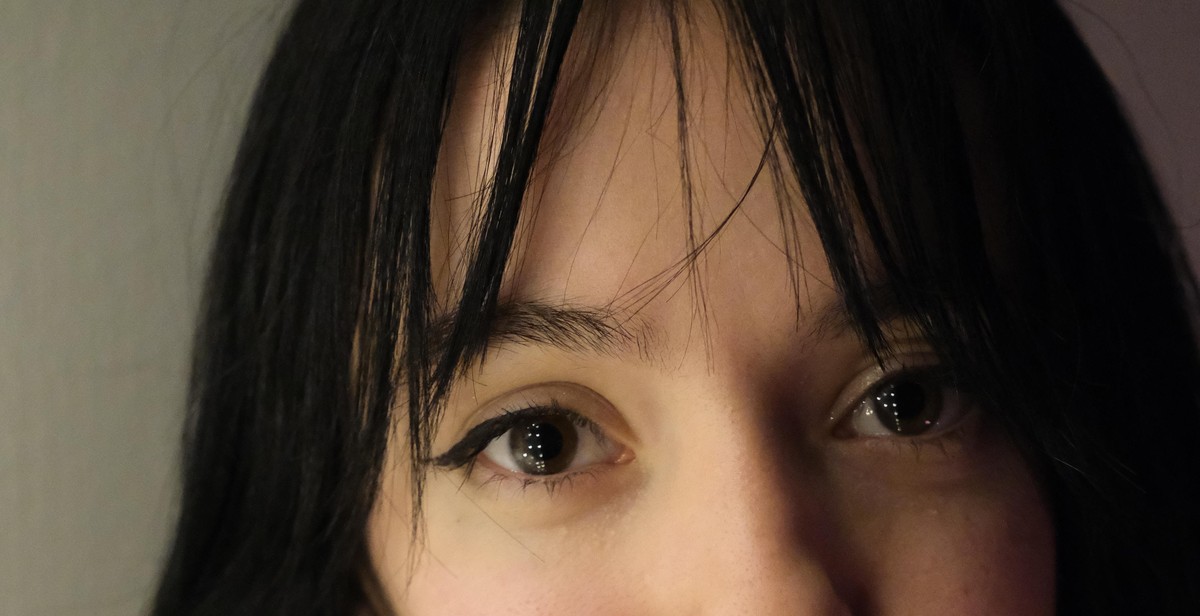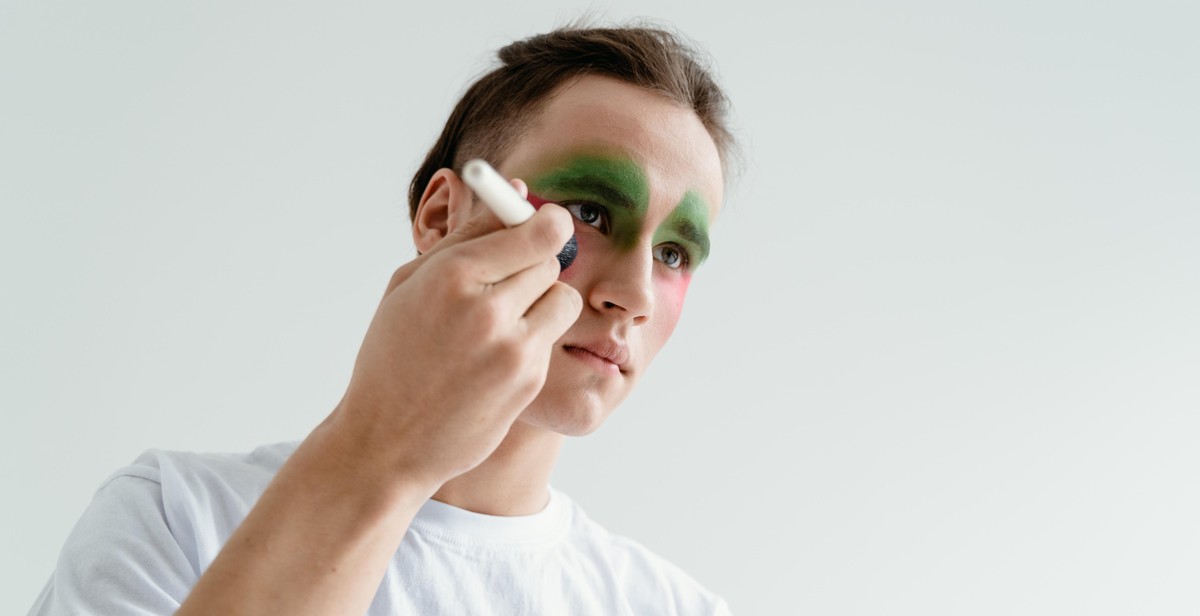How to Cultivate Intimacy and Connection Through Eye Contact
Eye contact is one of the most powerful forms of nonverbal communication that can create a deep sense of intimacy and connection between two people. It is a way of conveying emotions, thoughts, and feelings without saying a word. Eye contact is essential in building trust, fostering communication, and creating a strong bond between two individuals.
Why Eye Contact is Important
Studies have shown that eye contact can have a significant impact on our social interactions, relationships, and overall well-being. When we make eye contact with someone, we are engaging in a form of nonverbal communication that can convey a wide range of emotions, including love, trust, and respect. Eye contact can also help us to better understand the emotions of others, and to empathize with their experiences.
Eye contact is especially important in romantic relationships, where it can help to increase intimacy, build trust, and create a deeper connection between partners. When we maintain eye contact with our romantic partner, we are sending a powerful message that we are fully present and engaged in the moment.
In this article, we will explore some of the ways you can cultivate intimacy and connection through eye contact, and how you can use this powerful form of nonverbal communication to strengthen your relationships and improve your overall well-being.

The Science Behind Eye Contact
Eye contact is a powerful tool that has been used for centuries to communicate emotions, establish connections, and convey thoughts and ideas. But what exactly happens in our brains when we make eye contact with someone?
How Eye Contact Affects Our Brain
Studies have shown that when we make eye contact with another person, the brain releases a hormone called oxytocin. This hormone is often referred to as the “cuddle hormone” because it is associated with feelings of intimacy, connection, and trust. Oxytocin is also responsible for reducing stress and anxiety levels, which makes us feel more relaxed and at ease when we are making eye contact with someone.
Additionally, eye contact activates the prefrontal cortex of the brain, which is responsible for decision-making, social behavior, and empathy. This means that making eye contact with someone can help us better understand their emotions and intentions, and allows us to respond appropriately.
The Role of Pupil Dilation in Eye Contact
Another interesting aspect of eye contact is the role of pupil dilation. When we are attracted to someone or engaged in a stimulating conversation, our pupils tend to dilate. This is because the brain sends a signal to the muscles in our eyes to let in more light, which allows us to see more clearly and focus better.
Research has shown that pupil dilation is a reliable indicator of a person’s level of interest and attraction. When we are attracted to someone, our pupils tend to dilate more, which can be a subconscious signal to the other person that we are interested in them.
| Benefits of Eye Contact |
|---|
| Establishes trust and connection |
| Reduces stress and anxiety levels |
| Improves empathy and social behavior |
| Indicates level of interest and attraction |
Overall, eye contact is a powerful tool that can help us cultivate intimacy and connection with others. By understanding the science behind eye contact, we can learn to use this tool more effectively and improve our communication skills.

How to Cultivate Intimacy Through Eye Contact
Eye contact is a powerful tool that can help you cultivate intimacy and connection in your relationships. It allows you to communicate on a deeper level and create a safe space for vulnerability and emotional intimacy. Here are some tips on how to use eye contact to cultivate intimacy:
Creating a Safe Space
Creating a safe space is essential for cultivating intimacy through eye contact. This means creating an environment where both parties feel comfortable and safe to be vulnerable. It’s important to approach eye contact with a non-judgmental and open attitude, free from criticism or negativity. By creating a safe space, you can encourage your partner to open up and share their thoughts and feelings with you.
Making Eye Contact a Habit
Making eye contact a habit is essential for cultivating intimacy through eye contact. This means making a conscious effort to maintain eye contact during conversations, even when it feels uncomfortable or challenging. By making eye contact a habit, you can build trust and connection with your partner, and create a deeper sense of intimacy.
You can start by practicing eye contact during everyday activities, such as when you’re talking to your partner, or when you’re out in public. Over time, it will become easier to maintain eye contact, and you’ll start to notice the benefits of this simple yet powerful practice.
Using Eye Contact to Communicate
Eye contact can also be used to communicate your feelings and emotions to your partner. By looking into their eyes, you can convey a sense of love, understanding, and empathy. You can also use eye contact to express your needs and desires, and to show your partner that you are present and engaged in the conversation.
When using eye contact to communicate, it’s important to be mindful of your body language and facial expressions. Make sure that your body language is open and relaxed, and that your facial expressions match the emotions you’re trying to convey.
Overall, cultivating intimacy through eye contact requires practice, patience, and a willingness to be vulnerable. By creating a safe space, making eye contact a habit, and using eye contact to communicate, you can deepen your relationships and create a stronger sense of intimacy and connection with your partner.

Connecting Through Eye Contact in Different Situations
Eye contact is a powerful tool for building intimacy and connection in various situations. Whether it’s in romantic relationships, professional settings, or social gatherings, maintaining eye contact can help establish trust, understanding, and empathy. Here’s a closer look at how eye contact can enhance connection in different scenarios:
Eye Contact in Romantic Relationships
In romantic relationships, eye contact is a vital component of intimacy. It allows partners to communicate their feelings, desires, and intentions without saying a word. Maintaining eye contact during conversations, especially during vulnerable moments, can help build trust and deepen emotional connections. Research has shown that couples who maintain eye contact during conversations report higher levels of satisfaction and intimacy in their relationships.
Eye Contact in Professional Situations
In professional situations, eye contact can convey confidence, competence, and credibility. It can help establish rapport and build trust with colleagues, clients, and customers. Maintaining eye contact during job interviews, presentations, and negotiations can signal that you are engaged, attentive, and trustworthy. However, it’s important to strike a balance between maintaining eye contact and avoiding staring, which can be perceived as aggressive or intimidating.
Eye Contact in Social Settings
In social settings, eye contact can help establish connections with new people and deepen existing relationships. It can signal interest, empathy, and openness to others. Maintaining eye contact during conversations can also help you better understand the person you’re talking to by picking up on nonverbal cues and expressions. However, it’s important to be mindful of cultural differences and personal boundaries, as some people may feel uncomfortable with prolonged eye contact.
| Situation | Eye Contact Tips |
|---|---|
| Romantic Relationships | Make eye contact during intimate conversations, but also be respectful of personal boundaries and avoid staring. |
| Professional Situations | Maintain eye contact to establish trust and credibility, but avoid staring or being too intense. |
| Social Settings | Use eye contact to signal interest and openness, but be mindful of cultural differences and personal boundaries. |
Overall, eye contact is a powerful tool for building intimacy and connection in different situations. By being mindful of the context and using eye contact appropriately, you can enhance your relationships and communication skills.

Conclusion
Eye contact is a powerful tool that can be used to cultivate intimacy and connection in any relationship. By making eye contact, you communicate your presence and attention to your partner, which can help to deepen your emotional bond and increase feelings of trust and intimacy. Whether you are looking to connect with a romantic partner, a friend, or a family member, practicing eye contact can help you to build a stronger relationship.
Remember that eye contact is not just about staring into someone’s eyes for an extended period of time. It’s about being present in the moment and connecting with your partner on a deeper level. Start by practicing eye contact in low-pressure situations, such as during a conversation or while sharing a meal. Gradually increase the amount of time you spend making eye contact, and pay attention to your partner’s responses.
By practicing eye contact, you can create a safe and intimate space where you and your partner can communicate openly and honestly. Whether you are looking to build a stronger connection with your partner or simply improve your communication skills, eye contact is a powerful tool that can help you achieve your goals.
- Make eye contact a habit
- Practice in low-pressure situations
- Pay attention to your partner’s responses
- Create a safe and intimate space
Remember that cultivating intimacy and connection through eye contact takes time and practice. Don’t be discouraged if it doesn’t come naturally at first. Keep practicing, and soon you will find that eye contact becomes second nature, and your relationships will be stronger and more fulfilling as a result.
